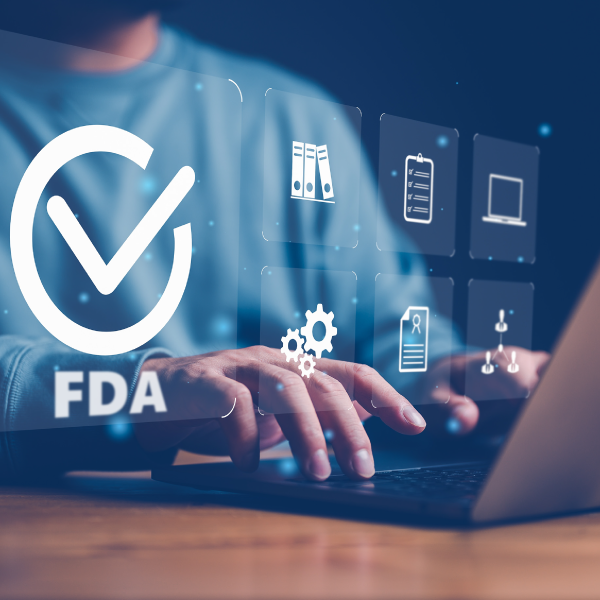Corrective Action and Preventive Action (CAPA) Adoption for Massive Internal Improvements

Corrective Action and Preventive Action (CAPA) is a process which investigates and solves identified issues by evaluating the causes and taking corrective action to resolve immediate issues. To be ISO 9001 and ISO14001 certified, companies must have a Corrective Action and Preventive Action (CAPA) plan in place. With just 2,999 companies in the pharmaceutical industry globally having ISO certifications, and with more than 20,000 pharmaceutical companies globally – not including vendors and suppliers – it is safe to say that this needs more attention.
A Corrective Action and Preventive Action (CAPA) places changes into the quality system to prevent a recurrence of the root cause and avoid any potential noncompliance for pharmaceutical companies and any vendors, including clinical research organizations (CROs). Additionally, it is an integral and essential part of the Issues Management segment of any risk-based Quality Management System.
Why is Corrective Action and Preventive Action (CAPA) important?
Tracking of issues or deviations that occur within processes or operations is crucial to be in alignment with regulatory standards, especially in the pharmaceutical and biotechnology industries. It is vitally important to address and take action to correct any and all quality issues properly and promptly.
Corrective Action and Preventive Action (CAPA) is one such critical process which ensures continuous improvement when implemented in processes and operations effectively.
Quality & Compliance teams should have oversight of the Corrective Action and Preventive Action (CAPA) program and implement one that ensures quality and continuous improvement throughout the design, conduct, recording, evaluation, reporting, and archiving of the process. A successful Corrective Action and Preventive Action (CAPA) program requires many members of a company working in tandem across multiple departments to implement and maintain the system effectively.
Corrective Action and Preventive Action (CAPA) requires the preparation and realization of a plan that works. The following steps have to be undertaken to perform effective Corrective Action and Preventive Action (CAPA), as seen in Figure 1.
Figure 1, Corrective Action and Preventive Action (CAPA) Steps

When to initiate the Corrective Action and Preventive Action (CAPA) process?
Corrective Action and Preventive Action (CAPA) starts with the identification of a real or potential noncompliance or nonconformity. And, this identification should be measured to determine if it is commensurate with the level of risk identified.
Performing a Corrective Action and Preventive Action (CAPA) analysis is crucial when a noncompliance significantly affects or has the potential to significantly affect the process, product, or human subject protection.
A Corrective Action and Preventive Action (CAPA) analysis may also be necessary when it has been identified that critical control points are not in a state of control or as part of an investigation of:
- complaints,
- product nonconformances,
- recalls,
- deviations,
- audit or regulatory inspection findings, or
- trends from process performance and product quality monitoring.
Where to focus first?
When the issues are detected, it has to be verified that the real issue has been identified, and not just the perceived problem. The issue has to be described in sufficient and clear detail in an “Issue Statement.” It is important to focus on every potential cause within the process and not only on the personnel during issue investigation and description. A well-evaluated Corrective Action and Preventive Action (CAPA) may identify multiple corrections or improvements to fix the real issue.
A structured, well-documented approach to the investigation process should be used with the objective of determining the root cause(s). There are several effective methods used for the identification of an underlying cause, including the 5-Why Approach or a Fishbone (Ishikawa diagram).
Once the root causes have been identified, next steps include evaluating for corrective and/or preventive actions, documenting the actions to be taken, assigning the responsible person to complete the action, and setting a due date for implementation.
To understand the difference of corrective versus preventative actions, review the following:
- Corrective actions eliminate the cause of a detected nonconformity or other undesirable situation, and a decision has to be made on what corrective action(s) are needed to eliminate the root cause(s) of the issue.
- Preventive actions are the sum of proactive steps to ensure that potential noncompliance or nonconformity does not occur, and it helps in reducing or eliminating the probability of specific undesirable events from happening in the future and controlling the financial effect of negative events.
It is important to note that Corrective Action and Preventive Action (CAPA) does not end when the corrections have been identified.
Documentation of completion of the Corrective Action and Preventive Action (CAPA) is necessary and evidence of the change should be monitored by the internal audit program. Evaluation of the effectiveness of any changes should be implemented as part of the Corrective Action and Preventive Action (CAPA) program.
Strengthening your Corrective Action and Preventive Action (CAPA) management system
As an essential element of every quality management system, a Corrective Action and Preventive Action (CAPA) program should be established on a risk-based approach to minimize any negative impact on the process and operations of an organization. Its methodology should result in product and process improvements, as well as an enhanced product and process understanding.
To strengthen the organization, make the Corrective Action and Preventive Action (CAPA) Management process more effective by following the below:
- Build a defined Corrective Action and Preventive Action (CAPA) plan and execute it in a timely manner.
- Documented and file it correctly.
- Corrective action should be validated before implementation to ensure effectiveness.
- A risk-based approach should be used to define actions to be taken.
- Verification is required to ensure that issue does not recur.
To become one of those pharmaceutical industry organizations on the leading edge or quality and to thrive in the Corrective Action and Preventive Action (CAPA) management process, you can connect with our Quality & Compliance experts by clicking here. We invite you to reach out to us for more information and assistance.
Authored by: Poornima Kolla, Quality and Compliance Associate, Quality and Compliance.











